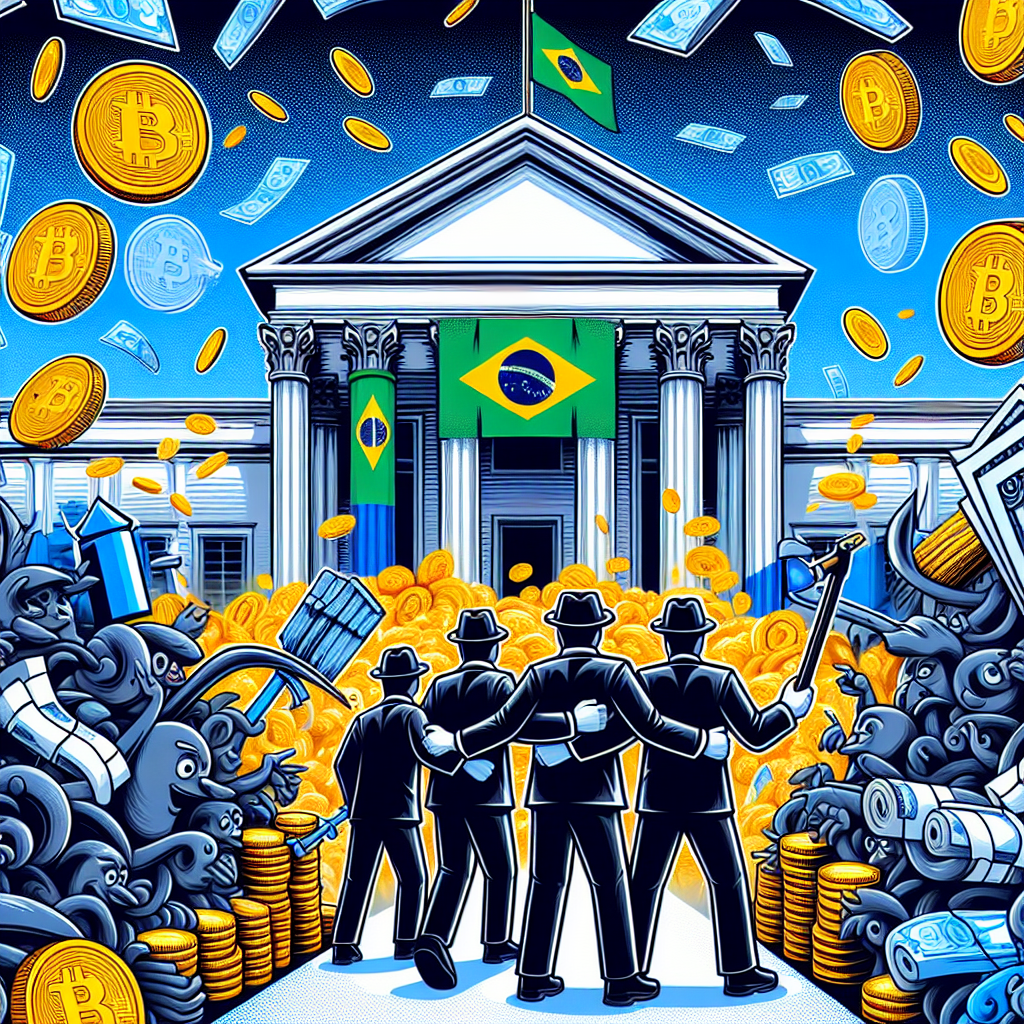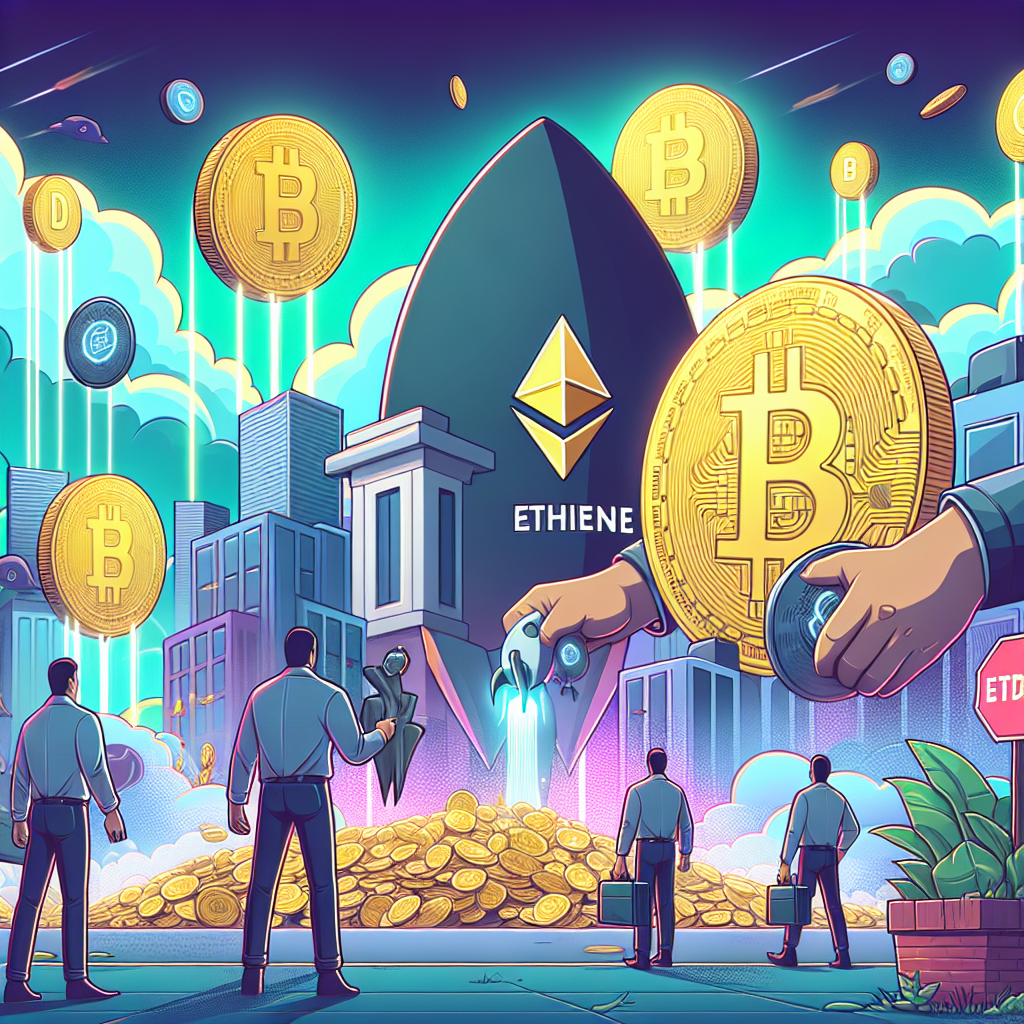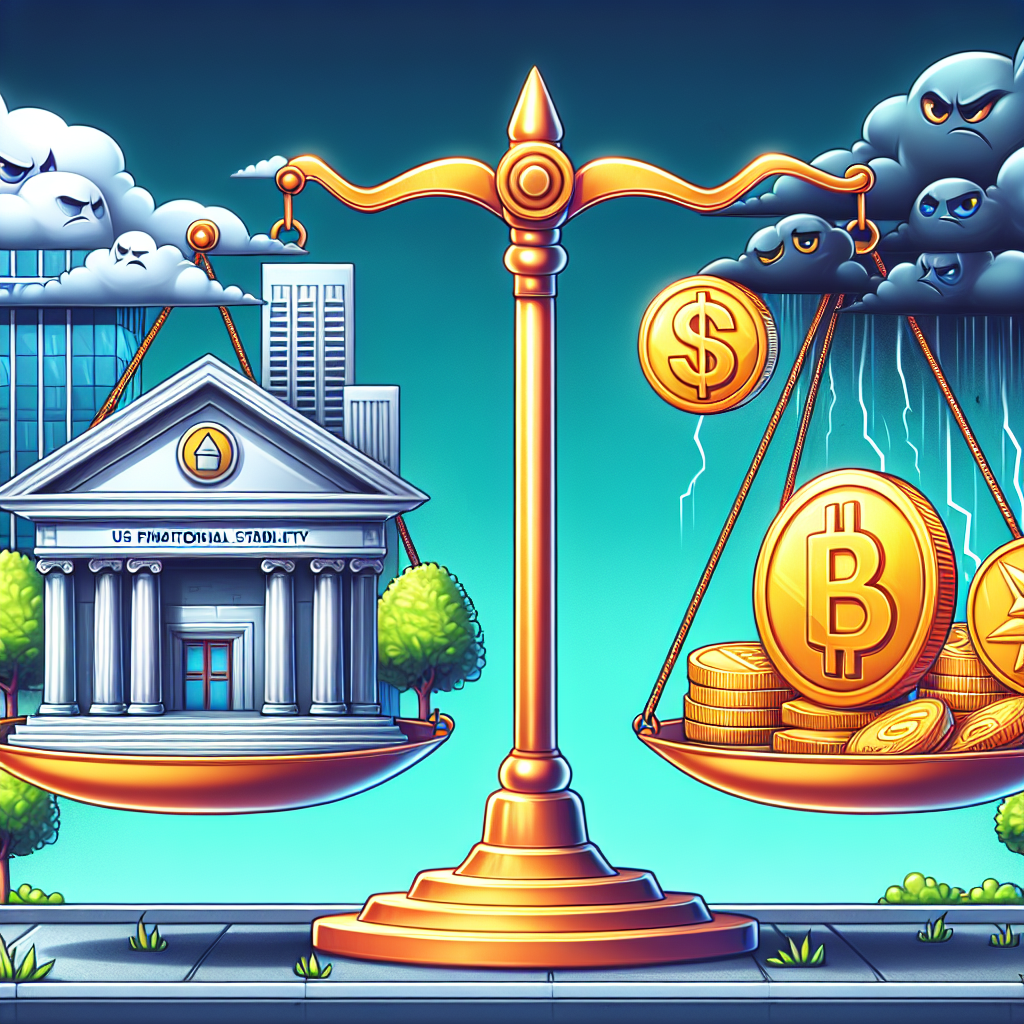Tag: Stablecoin
The Central Bank of Brazil has reported that the surge in the usage of stablecoins is largely due ...
Stablecoins have become a significant element within the cryptocurrency landscape. Tether (USDT), one of the most prominent stablecoins, ...
Stablecoin issuer Tether has announced a substantial investment in Rumble, a video platform based in Canada. This move ...
The Financial Conduct Authority (FCA), the United Kingdom’s primary financial regulator, is probing into the potentiality of instituting ...
Ethena’s stablecoin, USDE, has made significant strides in the cryptocurrency market, surpassing DAI, a well-known stablecoin, to secure ...
Leading cryptocurrency exchange Coinbase has put an unexpected halt to its operation services for Tether (USDT) stablecoin in ...
Renowned cryptocurrency exchange, Binance, has teamed up with American financial technology firm Circle, intending to drive the growth ...
Ripple, the renowned American fintech firm, has been granted conditional approval for its proposed stablecoin, RLUSD, by the ...
Significant advancements are occurring in the Middle Eastern cryptocurrency landscape as Abu Dhabi’s government gives a regulatory nod ...
Brazil’s Central Bank could potentially amend its regulations on stablecoins, withdrawing the earlier issued provisions that ban self-custody ...
The US Financial Stability Oversight Council (FSOC) has recently outlined the potential risks associated with stablecoins, especially considering ...
Circle’s USDC gets Green Light in Canada In a landmark event for cryptocurrencies in Canada, Circle’s USDC has ...















